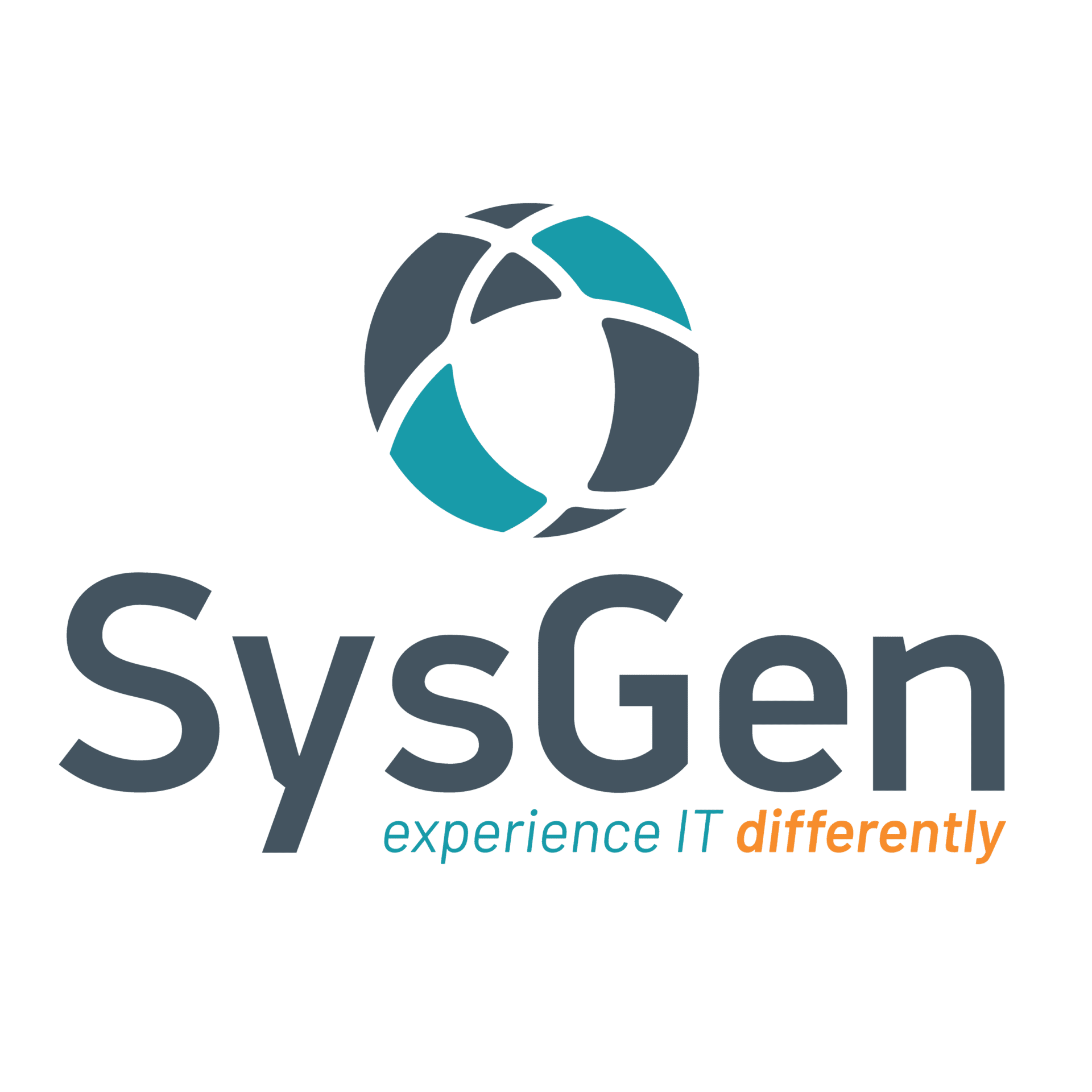Managed IT services are, at a high level, the process of using trusted providers to address the information technology needs of an organization. This includes services that help strengthen and protect an organization’s most valuable IT resources and assets as well as developing strategies to protect from cybersecurity threats, software maintenance, hardware upgrades, data storage, backups, and protection.
Data is the backbone of most businesses and managed IT services ensure that processes are implemented to manage this data securely and efficiently. However, not all businesses have the capacity or resources for internally managed IT services; this is where managed service providers or MSPs can leverage combined expertise to help the organization execute its mission.
Table of Contents
- What is a Managed Service Provider (MSP)?
- What are the Types of Managed IT Services?
- Who Needs Managed IT Services?
- What’s the Difference Between Managed IT Services and Outsourcing?
- How Much Does a Managed Services Provider Cost?
- What Are the Best Practices for Managed IT Services?
- What Should I Consider When Selecting an MSP?
- Why an IT Service Provider is Right for Your Business
What is a Managed Service Provider (MSP)?
A Managed Service Provider (MSP) is a third-party organization that fulfills and manages IT services for diverse organizations across industries. Through managed IT services, organizations delegate operations to the MSP, which provides proactive servicing and support related to IT needs. The MSP assesses the health of the IT ecosystem of an organization, offering solutions to protect data better and improve technological processes within the company to ensure efficiency and security.
Different MSPs provide different service models, with some employing a help desk model for support where a different support tech will help resolve issues as they arise. Other MSPs dedicate a team to your organization, immersing themselves in your business goals while providing technical expertise along with personable service delivery to understand how your business can best leverage technology.
What are the Types of Managed IT Services?
Managed Services can involve an entire ecosystem of services or a single service dependent on the needs of an organization. Central to managed services is ongoing maintenance, assessment, and development of IT infrastructure; monitoring creates proactive solutions to anticipate problems before they occur.
IT Management & Strategy
IT management and strategy involve ensuring that the technology used supports your business goals and operation, and does so with the most efficient and optimized strategies. IT management consists of assessing your IT system’s infrastructure to understand its weaknesses and strengths and mitigate the risk and vulnerabilities.
Infrastructure assessment evaluates your business processes to generate revenue and develops cost-reducing solutions. These are aimed at streamlining processes like onboarding employees or implementing training programs. This can be achieved through virtualizing, which enables IT assets to be transferred to virtual fracture, reducing the cost of physical hardware and avoiding downtime in the event of asset failure.
IT management creates agility within your organization, allowing access to secure information when needed to achieve optimal productivity.
Procurement
IT procurement services are the most tangible aspect of managed IT services. They involve replacing and optimizing the hardware and software used daily by employees and clients to ensure a seamless experience that promotes an accessible modern workplace.
Procurement services are the main point of contact to access the essential tools to optimize business operations. In this branch of managed IT services, the MSP provider must be partnered with high-quality tech providers to ensure access to the necessary tools.
Cloud Services
Data is arguably the most valuable resource organizations across diverse industries possess, and protecting it is paramount. Cloud data storage solutions ensure that information is never lost. Cloud-managed services automate backups, so if your computer crashes, your data is automatically saved in a protected data center.
Cloud services grow and shrink with your organization’s needs, meaning you only pay for the storage needs unique to your organization. Cloud storage management is critical in the digital age; it enables secure access to company data while enabling remote work.
Cybersecurity and Managed Security Services
There is a mentality that only large organizations with massive amounts of data are at risk for cyber-attacks. In actuality, one in five small and medium businesses fall victim to cyber-attacks. Cybersecurity protection is essential for organizations looking to mitigate the cost and headache caused by increasingly common cyber threats.
Cybersecurity looks holistically at an organization and anticipates threats and vulnerabilities across people, policy, and technology to proactively defend valuable data.
Digital Transformation
If the COVID-19 pandemic taught organizations anything, it’s that adaptability to a technologically advanced virtual world is inevitable and necessary to avoid obsolescence. Digital transformation bolsters competitive advantage in meeting the demanding needs of an increasingly globalized and virtual marketplace. Digital transformation also improves process efficiency in operations, reducing costs and increasing time savings.
By automating processes and finding innovative solutions, an organization can focus more on its mission and goals and less on administrative and technological burdens. All of this is achieved through analyzing business processes, developing solutions, and implementing them in congruence with change management to ensure employee buy-in.
Back-Up and Business Continuity
Connecting to customers and leads is essential to organizations, but imagine if the data required to contact your clients was wiped away. Data loss happens for various reasons: poor IT management, human error, and cyber-attacks are just some examples. Mitigating this risk is central to ensuring you never lose your most valuable asset- data.
Back-up providers ensure business continuity in the event of data loss, and infrastructure experts can develop a customized strategy to ensure your information is securely backed up and quickly accessible in the event of data loss.
Who Needs Managed IT Services?
Managed IT services are essential to organizations looking to increase efficiency and better protect their data and technology from security threats, all while steadily innovating and updating practices for sustainable growth and development. These services are also crucial for small and medium-sized organizations.
These organizations leverage technology in daily operations but lack the resources and technical expertise to manage their own IT department effectively. Making use of an MSP with these resources, partnerships, and technical expertise is a proactive step for organizations looking to eliminate the risk of cybersecurity threats and improve process efficiency.
What’s the Difference Between Managed IT Services and Outsourcing?
Outsourcing, while cost-effective, limits the operational effectiveness of IT services. It results in impersonal, reactive, and superficial support that doesn’t integrate within an organization the way certain models of MSP do. Outsourcing relies on a break-fix IT model, meaning it exists to put out fires, whereas managed IT services prevent the fires from happening in the first place. managed IT services use proactive methods to reduce downtime in the event of issues, thus preventing lost revenue.
Managed IT services facilitate relationship building between the organization and MSP, embedding the goals and mission of the organization into the assessments and solutions developed by the MSP. Pursuing a managed IT service is an investment in the health of your organization’s technological ecosystem.
How Much Does a Managed Services Provider Cost?
The cost of managed IT services depends on the service level and company needs. Organizations that choose low-cost solutions using a break-fix and reactive business model may experience the short-term benefits of lower cost. However, long-term these organizations struggle with inefficiency and overall revenue loss due to inadequate systems, cyberattacks, or server outages.
Managed IT services that have high levels of expertise and employ a proactive solution-building method are vital investments that can create long-term gains in revenue and organizational efficiency.
SysGen leverages a flat-fee pricing model to prevent price spikes for clients and ensure seamless service delivery. The cost of SysGen services is calculated on a client-to-client basis based on an in-depth assessment of technology infrastructure and systems. The benefits of this model allow SysGen to work proactively on mitigating risk and improving efficiency rather than defaulting to a break-fix model that can be more costly over time.
What Are the Best Practices for Managed IT Services?
The nature of the IT industry requires the constant evolution of best practices in parallel with technological innovation. Frameworks like ITIL or Information Technology Infrastructure are commonly used across the IT industry. Its central tenant is to support businesses to find success in a technology-centric marketplace.
There are four best practices relevant to managed IT services. These include IT asset, incident, knowledge, and change management.
IT Asset Management
This practice focuses on continually updating and upgrading hardware and software for an organization to ensure that assets are maintained over time and allow employees to exploit the benefits of technology to improve efficiency.
IT asset management as a best practice involves audits and tracking all assets to ensure they are used efficiently, reduce redundancy, and optimize tools for business needs.
Incident Management
Incident management is the practice of proactively tracking and anticipating service outages. This allows IT providers, to, in real-time, resolve issues efficiently and with the most negligible impact on the organization. Incident management supports long-term efficiency by investigating the root cause of system failure and preventing future incidents.
Knowledge Management
Knowledge management is crucial to creating access to data and information across your organization, both internally and externally. The practice encourages strong knowledge bases that are frequently checked and assessed to allow clients and employees effortless access to data ensuring the quick resolutions of issues.
Additionally, it eliminates redundancies in organizational learning and supports established practices.
Change Management
Implementing new practices to optimize your organization’s technology needs requires change management. This process involves ensuring the adoption and implementation of digital transformation strategies while minimizing the impact of change on service delivery and employees.
Change is difficult for organizations and their employees, but change management ensures there is buy-in to follow through with optimized strategies.
Combined, these best practices represent a practical framework that creates an innovative, proactive, and secure provider of managed IT services when implemented by an MSP.
What Should I Consider When Selecting an MSP?
When selecting an MSP, there are several considerations. You are placing your trust and confidence in your MSP as a small business. Expertise, security, and adherence to regulation and strategy are crucial to ensure the highest service quality. As a small business, scalability and cost structure are vital considerations to ensure that the MSP can support your business as it grows.
Service Quality & Expertise
Depending on the organization, an MSP may act as a help desk organization that, while solving your needs on an ad hoc basis, is impersonal and lacks customization to your company. Alternatively, some MSPs immerse themselves in the organization, taking accountability for all technology concerns, and deploy a dedicated IT staff to guide strategy and ensure the adaptation of innovative solutions.
Technical expertise is an invaluable resource to look for when selecting an MSP. It is essential to discern whether the MSP can manage your systems and develop innovative solutions that make sense for your firm. Expertise ranges across diverse topics, such as cybersecurity, coding, hardware implementation, change management, and network design. These areas require extensive knowledge and training that contribute to a holistic approach to managing your IT systems.
Strategy (Proactive vs. Reactive)
Considering whether an MSP uses a proactive or reactive model is essential. Reactive MSPs employ a break-fix business model, which only solves issues as they occur. Conversely, a proactive strategy solves the problems before they impact your business by managing IT with ongoing assessment and maintenance to minimize the impact of a service outage or cyber-attack.
Cost Structure
This consideration is closely tied to your organization’s needs. Service Level Agreements (SLAs) are the foundation of proactive support and outline a comprehensive support offering to an organization to manage its IT needs consistently and actively. Conversely, a reactive, break-fix model cost structure, while in the short term appears inexpensive, can result in price spikes during times of distress within an organization.
Security
Data is becoming the most valuable asset to firms Therefore, finding an MSP that values security above all else is paramount. The costs of cyber breaches are not limited to financial loss but to reputation and data loss. An MSP that prioritizes security is crucial in the proactive strategy of managed IT services.
Scalability
Scalability is critical to ensuring that the MSP can accommodate and adapt to your changing needs as your organization grows. Solving issues as they occur daily may not be enough for your IT needs. Ensuring that your MSP is strategic and willing to adapt to your organizational goals is key to reducing costs and increasing efficiency.
Alignment with Industry Best Practices & Compliance
Ensuring your MSP provider follows industry best practices and is up to date with compliance regulations is crucial to ensuring the solutions developed for your organization are the most effective. This is tied heavily to the consideration that MSPs with extensive experience can more effectively allocate resources to meet compliance standards.
Why an IT Service Provider is Right for Your Business
Choosing to pursue an MSP to manage your IT infrastructure can seem daunting. While having an internal IT department can feel like there is more control over your technology management, this choice limits the level of expertise and ability to have continuous proactive monitoring of your IT system.
However, in leveraging the expertise of an MSP as a small and medium-sized business owner, you can ensure your technology needs are considered and that achieving your business goals is at the forefront of your technology relationship.
Connect with SysGen to discuss how we can support your IT service needs.
Contact Us To Find Out More



